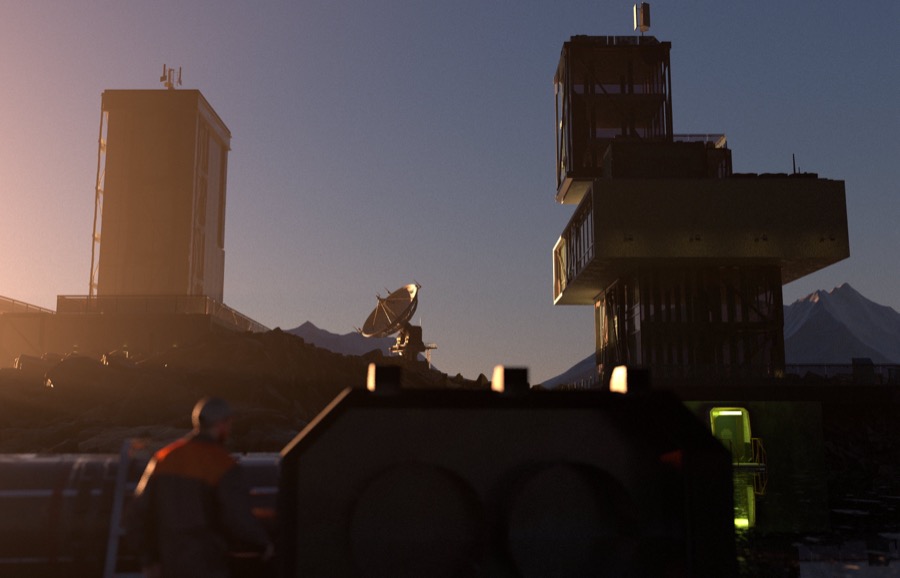
On November 16, 2024, the Los Angeles Municipal Art Gallery hosted a significant event: the reactivation of Beatriz da Costa’s “PigeonBlog,” a pioneering project that originally ran from 2006 to 2008. This initiative involved equipping homing pigeons with miniature air pollution sensors to collect and disseminate real-time air quality data, highlighting environmental concerns through interspecies collaboration.
The event featured a workshop led by media archaeologist and artist Leslie García, who guided participants in constructing their own DIY air pollution sensors. Environmental justice scholar Bhavna Shamasunder delivered a presentation on regional health issues and community activism. Additionally, exhibition curators Daniela Lieja Quintanar and Ana Briz provided insights into the process of restaging “PigeonBlog,” and pigeon fancier Bob Matsuyama shared his experiences collaborating with pigeons for data collection.
This reactivation was part of the PST ART exhibition “Beatriz da Costa: (un)disciplinary tactics,” which explores the intersections of art and science. The event underscored the enduring relevance of da Costa’s work in addressing environmental justice and community-driven data collection.
The exhibition “Beatriz da Costa: (un)disciplinary tactics” is accompanied by a quite thorough and comprehensive publication that goes into the late artist’s innovative work at the intersection of art, science, and activism. It includes such personal materials as a correspondence via email Beatriz had with Donna Haraway, which is quite powerful and very touching.
Edited by Daniela Lieja Quintanar, this book offers an in-depth analysis of da Costa’s projects, contextualizing them within their historical period and extending their socio-political relevance to contemporary issues. It features essays from curators, artists, and researchers across various fields, as well as reflections from da Costa’s former collaborators and friends.